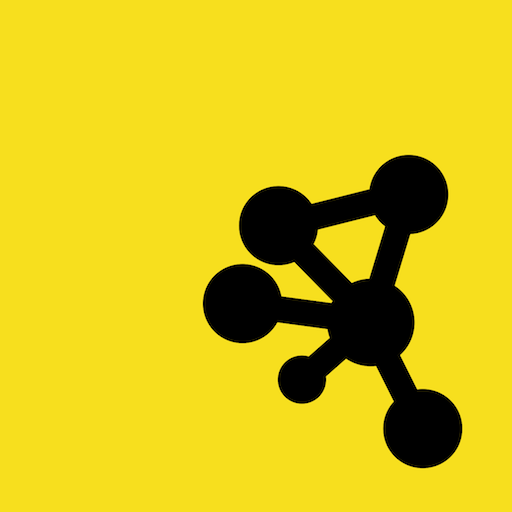Graph theory (network) library for visualisation and analysis : http://js.cytoscape.org
Cytoscape.js is a fully featured graph theory library. Do you need to model and/or visualise relational data, like biological data or social networks? If so, Cytoscape.js is just what you need.
Cytoscape.js contains a graph theory model and an optional renderer to display interactive graphs. This library was designed to make it as easy as possible for programmers and scientists to use graph theory in their apps, whether it's for server-side analysis in a Node.js app or for a rich user interface.
You can get started with Cytoscape.js with one line:
var cy = cytoscape({ elements: myElements, container: myDiv });Learn more about the features of Cytoscape.js by reading its documentation.
You can find the documentation and downloads on the project website.
Future versions of Cytoscape.js are planned in the milestones of the Github issue tracker. You can use the milestones to see what's currently planned for future releases.
Please refer to CONTRIBUTING.md.
To cite Cytoscape.js in a paper, please cite the Oxford Bioinformatics issue:
Cytoscape.js: a graph theory library for visualisation and analysis
Franz M, Lopes CT, Huck G, Dong Y, Sumer O, Bader GD
Install node, npm and gulp (optional). Of course, npm install before using gulp or npm run.
Run npm run <target> in the console. The main targets are:
Building:
build: do all builds of the library (unmin, min, umd)build:unmin: do the unminified build with bundled dependencies (for simple html pages, good for novices)build:min: do the unminified build with bundled dependencies (for simple html pages, good for novices)build:umd: do the umd (cjs/amd/globals) buildclean: clean thebuilddirectorydocs: build the docs intodocumentationrelease: build all release artefactswatch: automatically build lib for debugging (with sourcemap, no babel, very quick)- good for general testing on
debug/index.html - served on
http://localhost:8080or the first available port thereafter, with livereload ondebug/index.html
- good for general testing on
watch:babel: automatically build lib for debugging (with sourcemap, with babel, a bit slower)- good for testing performance or for testing out of date browsers
- served on
http://localhost:8080or the first available port thereafter, with livereload ondebug/index.html
watch:umd: automatically build prod umd bundle (no sourcemap, with babel)- good for testing cytoscape in another project (with a
"cytoscape": "file:./path/to/cytoscape"reference in your project'spackage.json) - no http server
- good for testing cytoscape in another project (with a
dist: update the distribution js for npm etc.
Testing:
If the TRAVIS or TEST_BUILD environment variables are defined, then mocha or gulp test will test build/cytoscape.umd.js. Otherwise, the unbundled, unbabelified, raw source is tested. This keeps local tests very quick to run on modern versions of node while ensuring we can test old versions of node as well. The library can be built on node>=6, but it can be tested on node>=0.10.
test: run the Mocha unit teststest:build: run the Mocha unit tests (on a built bundle)lint: lint the js sources via eslintci: run tests and lintingci:build: run tests and linting (on a built bundle)benchmark: run all benchmarksbenchmark:single: run benchmarks only for the suite specified inbenchmark/singlesniper: runs a biojs sniper server that hosts demos
- Do each backport patch release before the corresponding current release. This ensures that npm lists the current version as the latest one.
- Make sure the docs are updated with the list of releases in
documentation/md/intro.md - Update the
VERSIONenvironment variable, e.g.export VERSION=1.2.3 - Confirm all the tests are passing:
npm run test(see alsotest/index.htmlfor browser testing) - Prepare a release:
npm run release - Review the files that were just built in the previous step. Try out the newly-built docs and demos.
- Add the the release to git:
git add . && git commit -m "Build $VERSION" - Update the package version:
npm version $VERSION - Push the release changes:
git push && git push --tags - Publish the release to npm:
npm publish . - Create a release for Zenodo from the latest tag
Mocha tests are found in the test directory. The tests can be run in the browser or they can be run via Node.js (gulp test or mocha).












